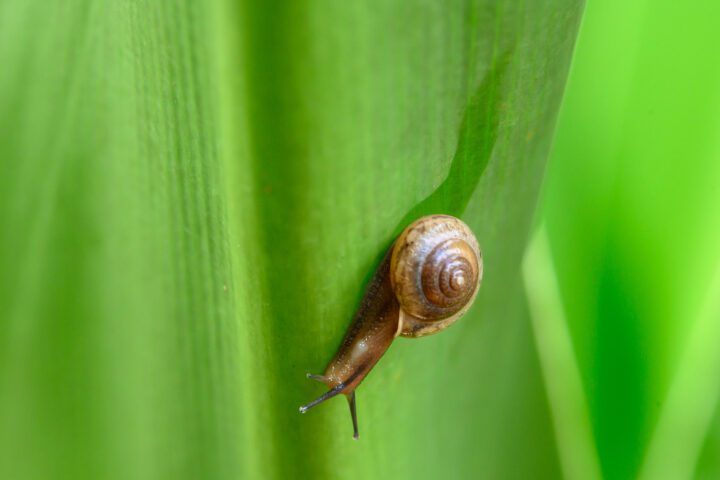Skeletal muscles contract and relax, generating force and enabling movement.
Introduction
Humans have over 650 skeletal muscles that make up about 40% of our body weight. Skeletal muscles generate the force that all vertebrates need to move. In fact, every action we take requires them to either contract or relax. But how exactly do they do it?
The first clues came in 1682 when Antoni van Leeuwenhoek, the Dutch “father of microbiology” looked at muscles through his self-made magnifying lenses: “I gave my mind to this subject and now say that, since we see that a large muscle in its turn consists of many thousands of [flesh-fibres], and that each flesh-fibre again consists internally of filaments . . . that each filament is in its turn a muscle of flesh.”
I gave my mind to this subject and now say that, since we see that a large muscle in its turn consists of many thousands of [flesh-fibres], and that each flesh-fibre again consists internally of filaments . . . that each filament is in its turn a muscle of flesh.Antoni van Leeuwenhoek, the Dutch “father of microbiology”
The Strategy
We now know these filaments as myofibrils. Thousands of myofibrils make up a single muscle fiber like tiny straws stacked inside a much larger one. Each myofibril is divided into cylindrical sections stacked on top of one another and linked together.
These structures are called sarcomeres, and they’re the smallest contracting elements of a muscle. When you decide to flex your biceps, nerves release chemicals which trigger the sarcomeres to squish themselves inward like flattened soda cans, which shortens the myofibrils. This pulls and contracts the muscle fibers, which flexes the entire muscle. In essence, a muscle contraction is the sum of its sarcomere contractions.
A single sarcomere shortens itself through a process called “the sliding filament theory.” Sarcomeres are made primarily of two proteins: actin and myosin. Actin proteins form thin filaments that extend from both flat ends of the cylindrical sarcomere towards the center without connecting, like opposite walls with shelves that don’t touch. In between each actin filament, thick myosin filaments stretch across most of the sarcomere. Chemical changes cause myosin to bind with actin and pull the “shelves” inward, shrinking the sarcomere from both sides.
When muscles relax, the reverse occurs. Myosin lets go of the actin, and the shelves slide outward, elongating the sarcomere, myofibrils, and eventually the muscle itself.
Sliding filaments enable us to generate force in our muscles that allows us to do work like running, swimming, looking through a microscope in the 17th century, or typing on a computer in the 21st.
This content marked as “Google Youtube” uses cookies that you chose to keep disabled. Click here to open your preferences and accept cookies..
The Potential
Scientists and engineers are developing artificial muscles that simulate contraction and relaxation. These designs could enhance how robots move, improve pump designs, and lead to better automatic valves, switches, and sensors. One day we may even develop synthetic muscles for prosthetic limbs to assist people with mobility challenges.
















